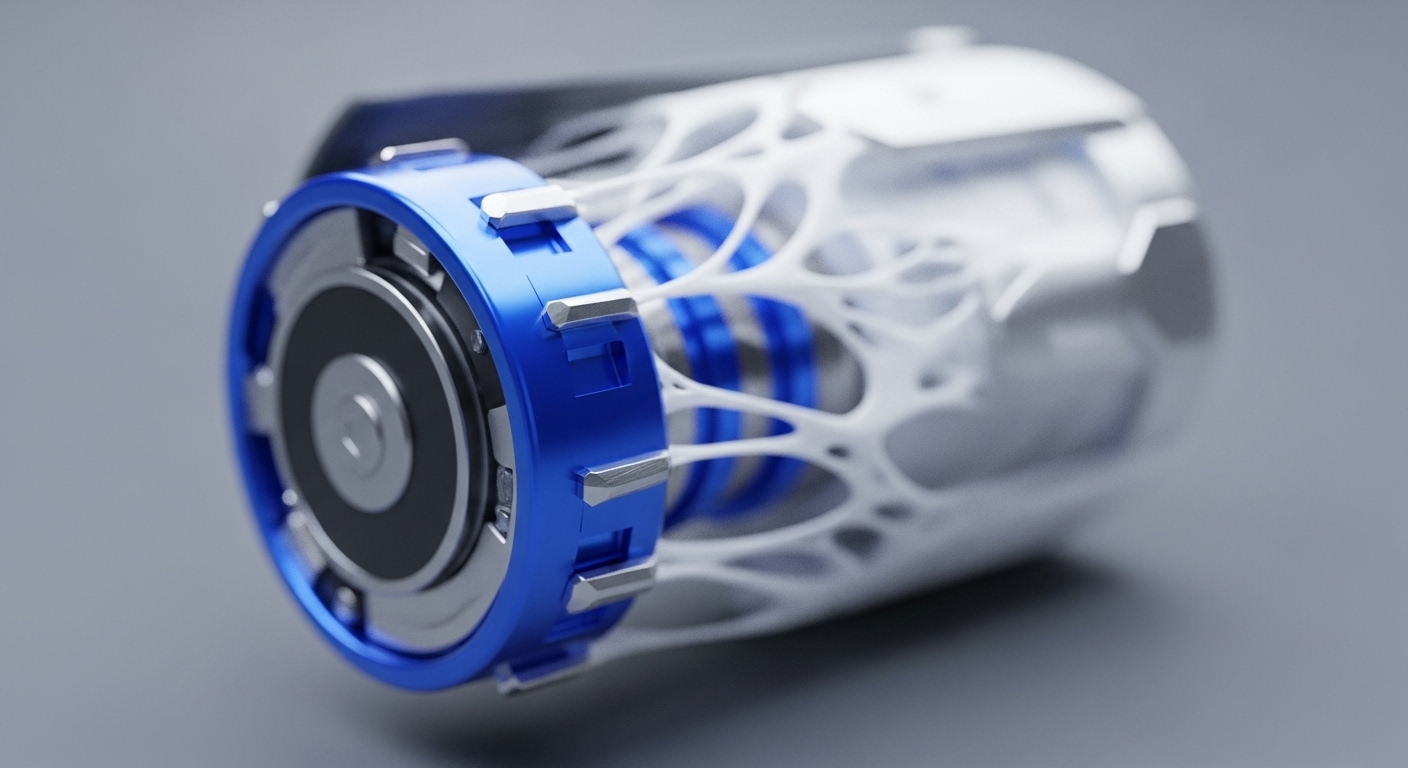
Briefing
Folding schemes, a technique for building efficient recursive Zero-Knowledge Succinct Non-Interactive Arguments of Knowledge (zk-SNARKs), have historically relied on discrete logarithm-based commitment schemes, leaving them vulnerable to quantum computing attacks. This research introduces LatticeFold, the first lattice-based folding protocol, which addresses this foundational security vulnerability by building on the Module Short Integer Solution (SIS) problem. The core breakthrough is a novel application of the sumcheck protocol that ensures the critical “low norm” property of witnesses is preserved through arbitrary rounds of recursion. This new primitive fundamentally secures the future of verifiable computation, allowing for the construction of post-quantum secure Incremental Verifiable Computation (IVC) and Proof-Carrying Data (PCD) systems with performance competitive with the fastest pre-quantum schemes.

Context
The prevailing theoretical limitation in the design of recursive zk-SNARKs, such as those used in systems like Nova, Supernova, and Protostar, was their reliance on additively homomorphic commitment schemes rooted in the discrete logarithm assumption. This cryptographic foundation is not secure against quantum adversaries, creating a systemic vulnerability for any blockchain architecture that depends on these schemes for scalable, recursive proof composition. The challenge was to construct a folding protocol that operates securely with a lattice-based commitment scheme, specifically the Ajtai commitment scheme, while maintaining the efficiency required for practical recursive proof systems.

Analysis
The paper’s core mechanism is the LatticeFold protocol, a new folding scheme instantiated using the Module SIS problem, a lattice-based hardness assumption that provides post-quantum security. Folding schemes work by iteratively “folding” two proof instances into a single, succinct instance, which is essential for recursive composition. The conceptual difficulty in the lattice setting is ensuring that the extracted witness ∞ the secret data used in the proof ∞ remains “low norm” (a measure of its size) through many folding steps, as the security of lattice-based cryptography is predicated on this property. LatticeFold solves this by integrating a novel technique utilizing the sumcheck protocol directly into the folding process.
This technique effectively constrains the witness size at every step, guaranteeing that the recursive verifier can maintain the low-norm property regardless of the number of folded instances. This fundamental difference enables post-quantum security without sacrificing performance.

Parameters
- Security Foundation ∞ Module SIS problem (The lattice-based hardness assumption that provides post-quantum security for the commitment scheme).
- Performance Metric ∞ As performant as Hypernova (The new scheme’s efficiency is competitive with one of the fastest pre-quantum folding schemes).
- Key Technique ∞ Sumcheck protocol (The novel cryptographic tool used to ensure the low-norm property of the witness is preserved through recursive folding).

Outlook
This research establishes a new cryptographic primitive necessary for the long-term viability of decentralized systems in a post-quantum world. The immediate next step is the practical implementation of the LatticeFold-based recursive SNARKs into production environments, which is already underway by various research groups. In the next three to five years, this theory is poised to unlock a new generation of decentralized applications that require both massive scalability and quantum resistance, including post-quantum private computation markets, secure decentralized AI training, and foundational layer-one and layer-two architectures with provable, future-proof security guarantees.
